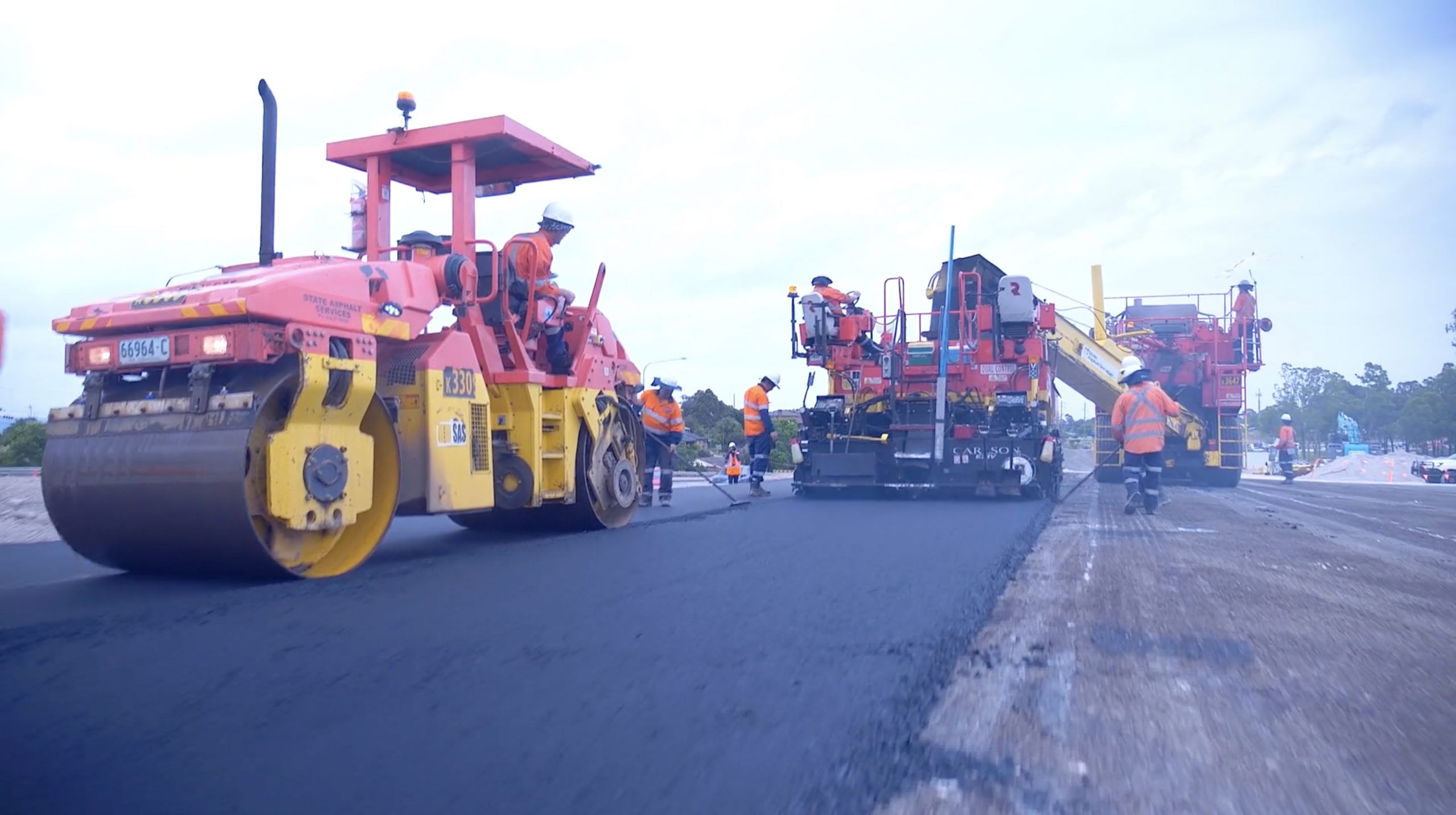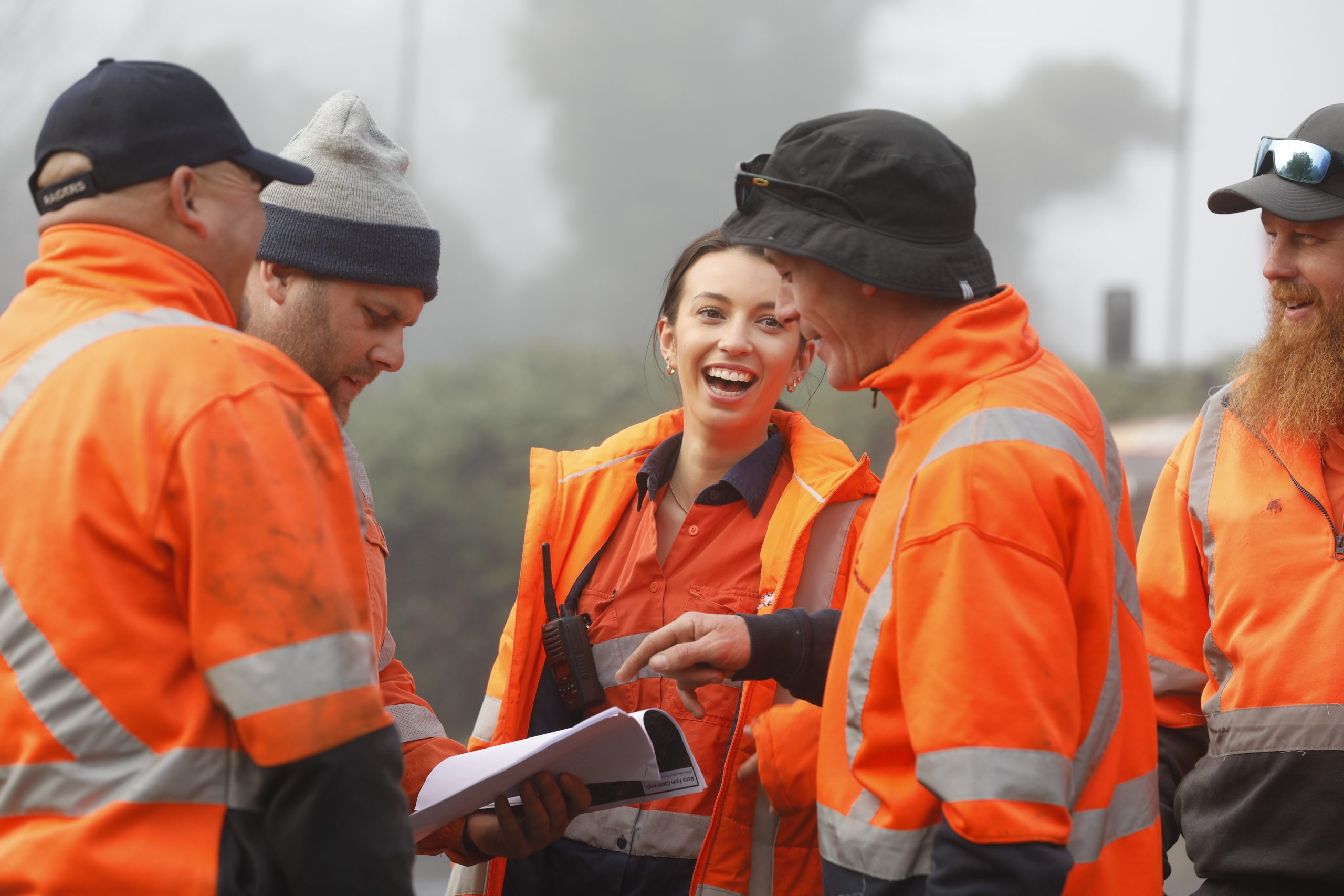$211.2 million was the estimated value of the Australian future transport market, as of 2016. According to a 2018 report from the Centre for Future Work at the Australia Institute, the transport sector is the ninth largest employer in Australia, with 625,000 workers.
The industry is constantly shifting, with the most recent government’s plan already in motion – the Future Transport 2056 strategy is a vision for the next four decades of transport in NSW, covering motorway, rail and light rail. Such expansion puts great demands on the state’s infrastructure, calling for two supporting strategies – the Regional NSW and the Greater Sydney Services and Infrastructure Plans.
Although it is impossible to predict with precision how far the future’s transport can go, there are positive signs of a focus on sustainability as an integral part of innovation. Here are what can be expected from the transport system of the (near) future, and why, in our view, infrastructure innovation must be at the heart of these changes.
1. Human – workers and the public – at the centre of innovations
4/7 global megatrends listed on the NSW’s Future Transport site are about the public. These range from customer demand and flexibility with life and work, to adapting to an ageing population and the promotion of healthier lifestyles, and to workers’ health and safety.
Public transport will be promoted as a means to keep the public healthy through walking for short trips to stations and stops. As the public become more and more informed through social media and the web, they have more say over what should be provided in terms of public transport services. To keep up with convenient ride-share services, public transport systems are increasingly incorporating technologies like real-time updates and live timetables, to maximise convenience for commuters.
Convenience and safety Issues such as passenger congestion or slippage on station platforms are being addressed and thoroughly researched by the Australian Centre for Rail Innovation. For consistent quality of the railway network, Kypreos Group are one of those who deliver end-to-end niche rail projects, including ones with difficult access; for instance, the 20km of the Down Relief Line from Auburn to Granville back in 2005-2006.
With the rise of the “gig economy”, employees in the sector face foreseeable, rising risks of insecure work, lack of proper training, and weaker reinforcement of safety standards. However, at Kypreos Group, we are proud to keep a long-term vision, treating our employees with respect and integrity. We uphold strict training procedures, and are constantly adopting new technologies in safety and health management. Our work culture is one of continuous learning and performance improvements, and we are committed to developing and retaining Australian talents.
2. Increased harmony with our planet
It is essential that the future’s transport be environmentally sustainable, with minimal impact – noise, waste, emissions – on the natural ecosystem which we are a part of. Better public transport systems would encourage people out of their cars, to instead walk, cycle, and take buses and trains. This helps reduce private passenger vehicle trips, which produce ten times more GHG emissions than rail and light rail and thirty times more GHG emissions than NSW buses.
As the transport sector relies heavily on fossil fuels, it is crucial to invest in an overhaul, transitioning forms of transportation to renewable sources of electricity. Consequently, this requires extensive modification of roads and fuelling stations to suit new types of vehicles.
Asphalt is an indispensable component of a better infrastructure network for many years to come – its recyclability and strength makes this material future-proof. To make it even more eco-friendly, companies like Kypreos are moving towards using warm mixed asphalt (WMA). Made at a lower temperature than traditional hot mixed asphalt (HMA), WMA is a more energy efficient option, helping to reduce emissions during asphalt production.
3. Rapid technological innovations
Nearly 90% of the existing timber sleepers in Australia will need replacement by 2025, according to researchers at the University of Southern Queensland. Civil composites research is being done to address this costly problem, hoping to revolutionise the Australian infrastructure industry with the use of fibre reinforced polymer composites in civil engineering and rail/road construction.
Meanwhile, in September 2018, Australia’s very first on-demand driverless car was revealed in Perth. These futuristic cars are expected to become the dominant vehicle on Australian roads within two decades and can potentially remove 90% of on road crashes.
A month later, a Gold Coast tech firm announced that all-electric passenger planes could be put in commercial use in as little as four years. As of now, battery-run airplanes are already in use, but on smaller scales such as for pilot training. In 2019, Qantas said they would consider adding hi-tech amenities to their long-haul aircraft – VR meditation, gyms, cafes. To keep up with these ambitions, airport infrastructure would require intensive updates, which we are eager to contribute to.
We at Kypreos Group endeavour to deliver innovative and sustainable infrastructure, to better serve our communities. Our elite fleets are suited to a vast range of civil engineering services, from plant hiring and haulage to asphalt production and precision road profiling. To see our past and current contributions to building better transport facilities for NSW, visit our website.


